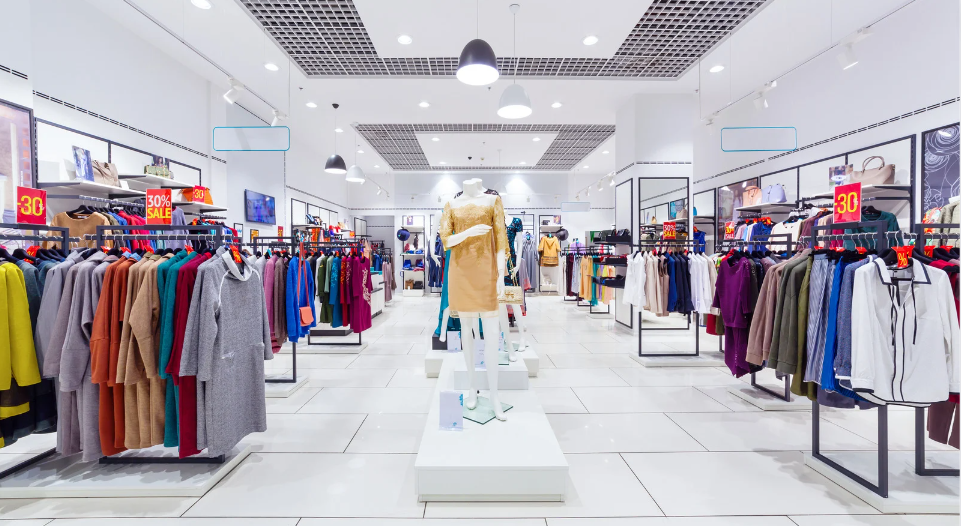Embarking on the visual odyssey of clothing photography uncovers an artistic realm far wider than mere apparel. The right props possess a remarkable ability to animate static clothing, weave tales, and elicit emotions. A true mastery of prop usage in this field goes beyond the mundane, encouraging photographers to wield a creativity that is close to an artist’s use of their brushstroke. Whether ordinary or unexpected, the right props serve as channels of creativity, fostering connections and crafting narratives in every image.
They stand as unspoken allies, enriching and directing the viewer’s attention through a fusion of fashion and essence, unveiling a mesmerizing universe of visual storytelling.
Below are some tips that can help you master the use of props in clothing photography:
Complementary Props Selection
Choose props that will complement the clothing photography items you’re showcasing. For instance, if you’re photographing beachwear, consider using sunglasses, a beach hat, or a towel to create a cohesive theme. However, you must ensure the props harmonize with the garments rather than overshadow them.
Read more: Kanye West Clothing Collection 2023
Include Background Information and Storytelling
Props can convey a story or lifestyle associated with clothing photography. Incorporate props that hint at a specific activity, setting, or mood. For instance, a book or a coffee mug can suggest a relaxed, leisurely atmosphere, enhancing the story behind the outfit.
Enhancing Composition and Framing
Props serve as powerful elements to enhance the composition of each image. You can use them to create balance and frame the clothing photography item or guide the viewer’s focus. Try a variety of locations and perspectives to find the most captivating compositions.
Read more: Reasons to Start a Clothing Brand
Maintain Simplicity and Avoiding Clutter
While props add interest, it’s crucial to maintain a clean and uncluttered composition. Avoid overcrowding the frame with too many props, as this can distract from the clothing photography’s aims.
You should opt for carefully chosen items that enhance the attire without surpassing the viewer. You can work with cloth photography experts like Squareshot to incorporate props in your photos for your clothes store to ensure high-quality photos.
Use Scale and Proportion to Your Advantage
Experiment with props of varying scales to invoke interest in the pictures. Little accessories such as jewelry or a handbag can accentuate details. At the same time, oversized items, such as chairs or bicycles, can add scale and background information about the image, focusing on the size and fit of the clothes.
Utilize Props for Brand Identity
Props can be an excellent way to reinforce a brand’s identity or beauty. Consistently including particular props or incorporating brand-related elements can help establish a uniform appearance identity across clothing photography, strengthening brand recognition.
Experimentation and Creativity
Experimentation in clothing photography goes beyond traditional boundaries by embracing unconventional items to create a unique visual narrative. Moreover, creativity flourishes when photographers challenge the norm. Contrasting different elements instead of adhering to common accessories or settings can ignite interest.
Photographers can subvert traditional associations by pairing high-fashion attire with unexpected props such as industrial tools or vintage artifacts. This approach sparks emotional resonance and curiosity among viewers, ventures beyond the predictable, and gives a sense of wonder and originality to clothing photography.
Conclusion
Mastering props in clothing photography involves a balancing act to enhance the garments’ visual appeal and crafting a compelling narrative. The key lies in thoughtful selection, strategically placing the props, and maintaining harmony within the frame. By using props effectively, photographers can create captivating visuals that showcase clothing and tell a compelling story, resonating with their audience on a deeper level.

